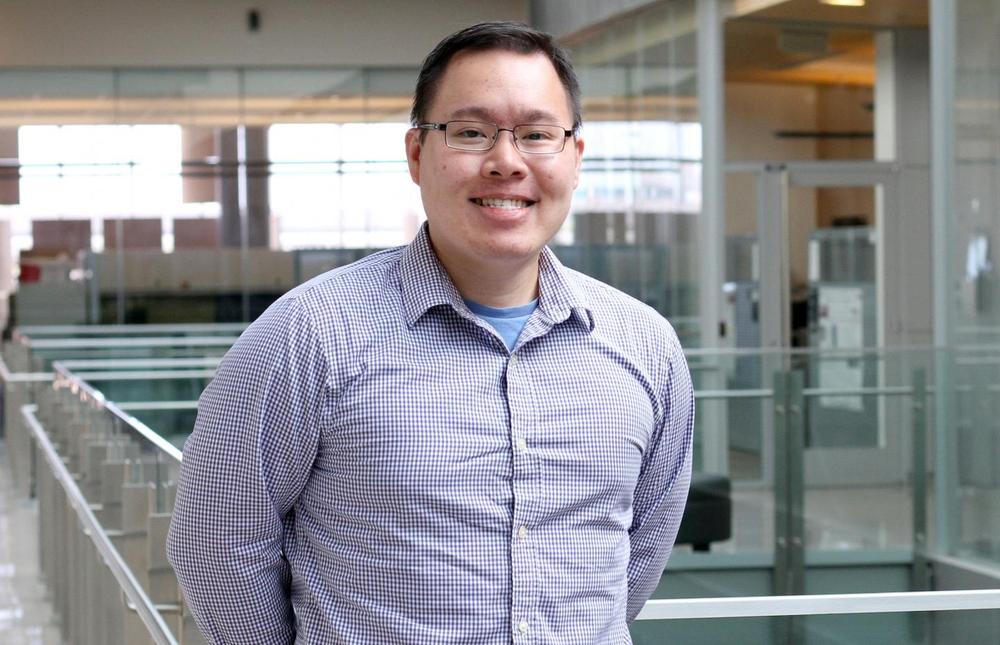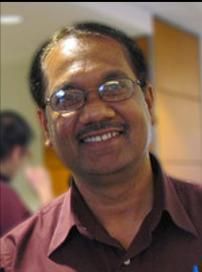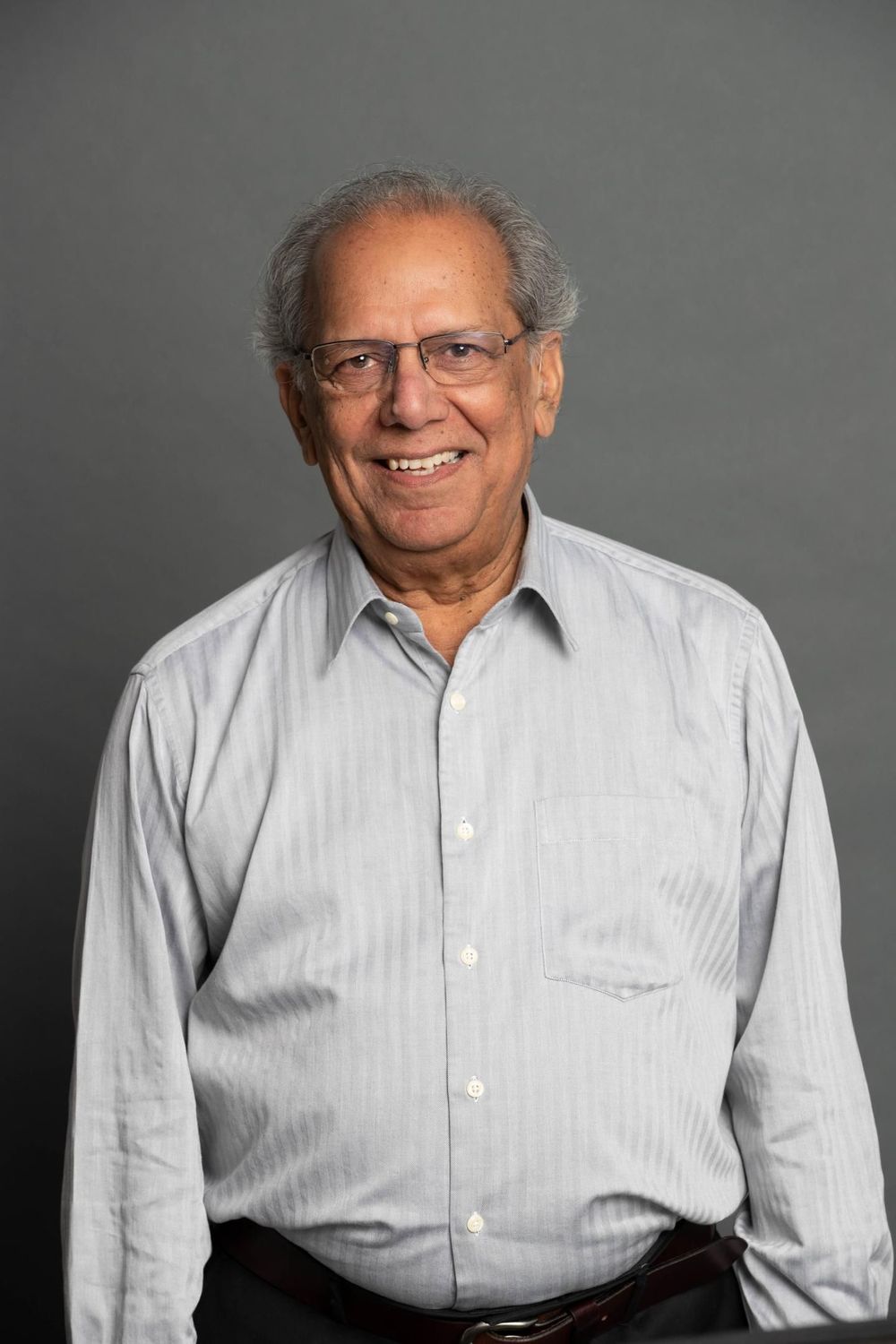May 4, 2020
France’s first Covid-19 case ‘dates back to December’, flu retest shows
Posted by Lon Anderson in categories: biotech/medical, health, security
Murphy’s Law: Everything that can go wrong will in fact go wrong.
Here is how to set the table for Murphy’s Law and become the epic center in the world for the COVID-19:
A. Eliminate the entire global health security team at the White House. Their job? Managing pandemics like COVID-19.
Continue reading “France’s first Covid-19 case ‘dates back to December’, flu retest shows” »


















